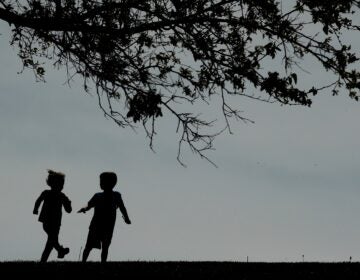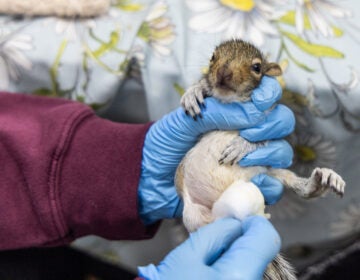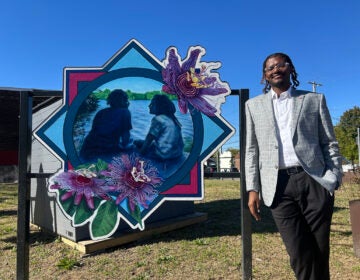Curfews don’t keep kids out of trouble
Listen 8:50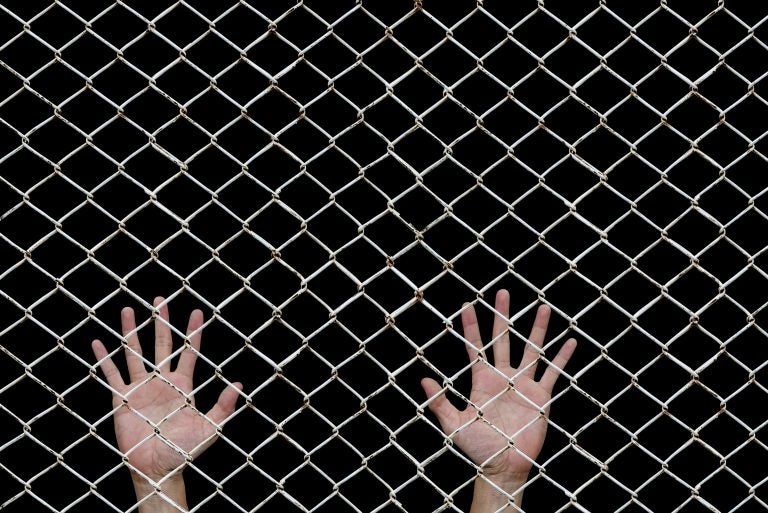
Photo by www.bigstockphoto.com
Youth curfews are popular. In poll after poll, Americans support laws that restrict teenagers’ activities during certain hours of the day and night.
Youth curfews are also logical. If youngsters are getting into trouble, it makes sense to get them off the streets.
There’s only one problem with youth curfews: They don’t work. And we shouldn’t kid ourselves that they do.
Yet that’s what we’re doing in Philadelphia, where Mayor Nutter recently extended a 9 p.m. curfew on Friday and Saturday nights for all unaccompanied minors in Center City and University City. The measure came on the heels of this summer’s violent flash-mob episodes, which seem to have quieted down since then.
But the city already had a youth curfew in place, long before the flash-mob mayhem began. On weekdays, it’s 9 p.m. for children under 13 and 10:30 p.m. for children 13 to 17; on the weekends, everyone has to be home by midnight.
And that hasn’t done anything to stem the tide of youth violence in Philadelphia. Insofar as the downtown curfew has “worked,” it probably just displaced crime from one part of the city – and one time of the day – to another.
That’s what happened in Detroit, after it adopted a youth curfew in 1976. Juvenile crime dropped 6 percent during the curfew hours, but it increased 13 percent in the midafternoon. Nationwide, more than 80 percent of juvenile offenses take place between 9 a.m. and 10 p.m. – outside most curfews.
Nor do we have any solid evidence that youth curfews lower the overall rate of juvenile crime. In a close study of Monrovia, Calif., in the 1990s, for example, sociologist Michael Males found that juvenile arrests for non-curfew crimes increased 53 percent during the school months when the town’s curfew was enforced. In July and August, when the curfew was not enforced, non-curfew youth crime went down 12 percent.
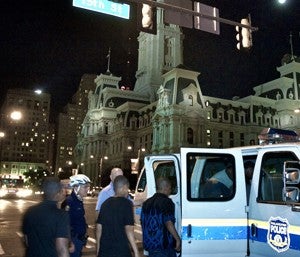
So why are we so wedded to youth curfews? The answer has less to with youth than with adults. Whenever we get worried that the youth are out of control, we enact a curfew. And that makes us feel better, even if it doesn’t make crime go down.
Youth curfews date to late 19th century, when America’s cities swelled with millions of unsupervised teens. Like laws mandating school attendance and banning child labor, the argument went, curfews would improve individual lives even as they protected the social order.
President Benjamin Harrison called curfews “the most important municipal regulation for the protection of children in American homes from the vices of the street.” By 1900, 3,000 municipalities had curfews in place.
The next set of curfews came during Prohibition in the 1920s, when speakeasies and gang violence sparked new anxieties about American youth. Although juvenile crime dropped during the decade, it made for good press – and, in several cities, for new curfews.
“The street corners and vacant lots of the city are the kindergartens of a school of crime,” opined an editorial writer in Chicago, endorsing the city’s 1921 curfew. “The primary and intermediate classes meet in vicious poolrooms. Cabarets and tough saloons are offering advanced lessons, and post-graduate instruction is available in the jails and penitentiaries.”
Then came the juvenile-delinquency scare of the 1950s, which sparked – surprise! – another wave of youth curfews. By 1957, half of American cities with populations of more than 100,000 had juvenile-curfew laws.
But the greatest spike in curfews came in the early 1990s, amid a sharp rise in youth crime. Between 1988 and 1992, criminal offenses by juveniles rose 26 percent; even worse, youth crimes against persons – murder, rape, and assault – skyrocketed 56 percent.
So curfews boomed, too. From 1990 to 1995, 53 of America’s 200 largest cities enacted new curfew ordinances. The effort got a boost from President Bill Clinton, who signed a 1996 measure allotting $75 million to help local governments enact curfews and other anti-crime ordinances. “They help keep our children out of harm’s way,” Clinton declared.
In fact, they don’t. To his credit, Mayor Nutter has instituted other measures to fight juvenile crime, including expanding the hours that recreation centers stay open. And he has skillfully used his bully pulpit, taking to the streets and airwaves to encourage parents to keep a closer watch on their children.
More power to him, but not to the curfews. They might be good politics, but they’re bad policy. Let’s hope the mayor can tell the difference.
This article previously appeared on Philly.com.
WHYY is your source for fact-based, in-depth journalism and information. As a nonprofit organization, we rely on financial support from readers like you. Please give today.


